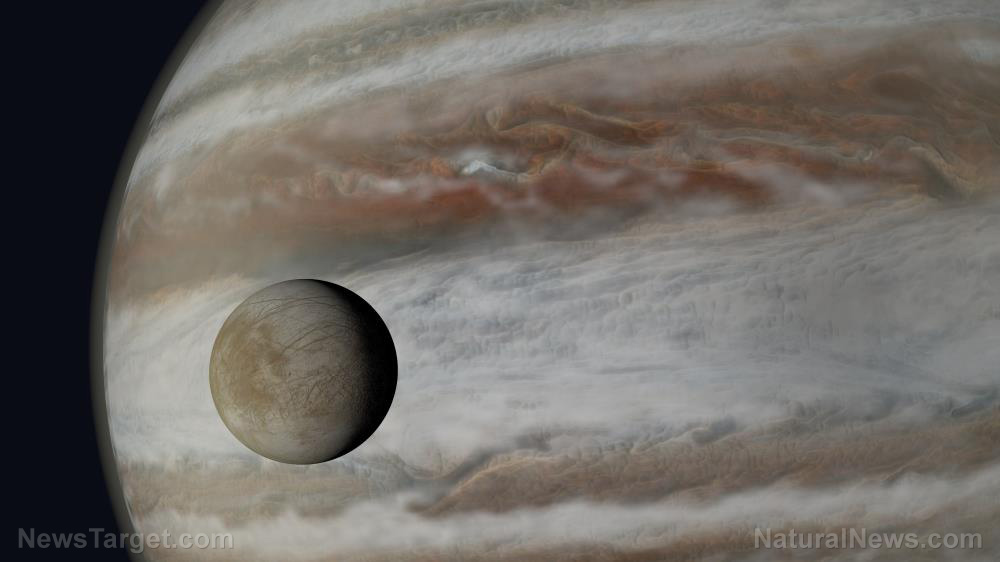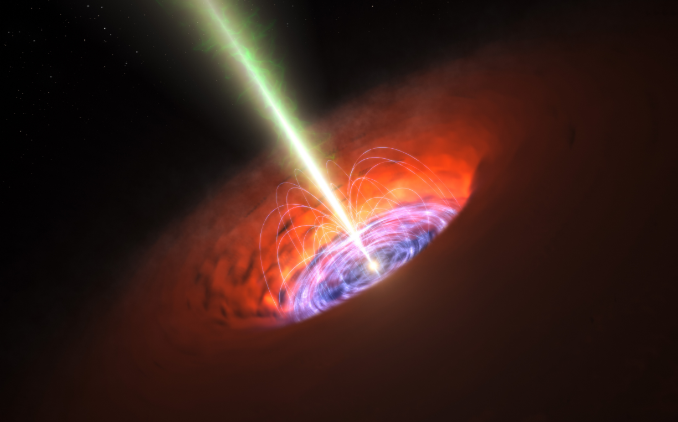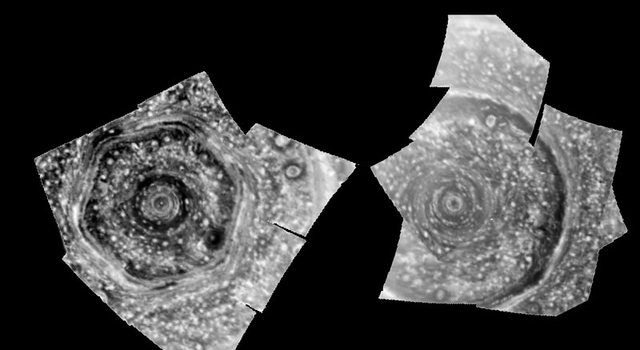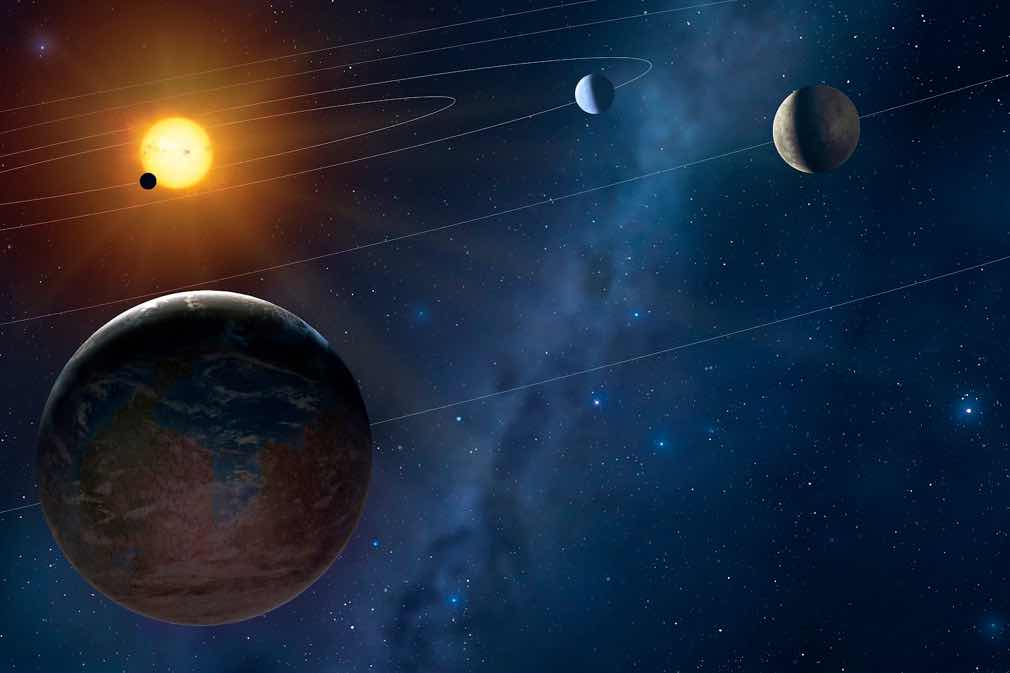Galaxies wrinkle, too: Study concludes that galaxies grow bigger and puffier as they age
05/29/2018 / By Edsel Cook

Galaxies grow old, and those cosmic wrinkles show on human instruments. In a Science Daily article, an international study found that galaxies get bigger and puffier as they age.
The study was jointly conducted by The Australian National University (ANU) and The University of Sydney (USYD). One of the researchers involved in the project was Professor Matthew Colless from the ANU. A chief investigator for the ARC Centre of Excellence in All-Sky Astrophysics in 3D (ASTRO 3D), Professor Colless explained that all galaxies start out as flattened spherical shapes. He likened the movement of stars in these space systems to the movement of cars on a racetrack. The stars of a young galaxy follow neat patterns around the disk. As the galaxy grows older, the stars start going off in all directions, which causes the system to puff out. (Related: Scientists are actually losing ground on their understanding of dark matter, as new research contradicts previous findings.)
Colless used the Milky Way as an example. Our galaxy does not count as a young one, but it still features a central bulge comprised of older stars. Meanwhile, its spiral arms contain the younger stars which are moving away from the center.
Determining the age of a galaxy
Colless and his colleagues came up with a way to calculate the shape of a galaxy. They used the SAMI spectrograph of the Anglo-Australian Telescope to analyze stellar movement. In total, they covered 843 different galaxies, the biggest of which massed 100 times more than the smallest one. They published the results of their study in the journal Nature Astronomy.
The lead author of the study was Dr. Jesse van de Sande from USYD, who is a colleague of Colless at ASTRO 3D. She remarked that there was no apparent connection between the shape of a galaxy and its age, so their findings came as a surprise. Dr. van de Sande said that the internal arrangement of a galaxy changes as it ages. It may also collide with others of its kind. These massive events can shake up the movement of the stars in those space systems.
Her co-author and fellow ASTRO 3D member, Dr. Nicholas Scott from USYD, related how their research team figured out the age of a galaxy by looking at its color. Young stars start out as blue and shift to red as they put on years. Older galaxies would take on a reddish tinge because of the many red stars in them.
Link between galactic age and shape was staring researchers in the spectrograph all along
The ASTRO 3D researchers realized the link between age and shape while they compared the orderliness of galaxies with their puffiness. Dr. Scott said they noticed that galaxies that shared the same squashed spherical shape also contained stars of similar age.
Before their study, Dr. van de Sande noted that the only galaxies that showed obvious connections between age and shape were the extremely flat and the very round ones. Their findings showed that the relationship applied to all types of galaxies, no matter their age, shape, or mass.
Co-author Dr. Julia Bryant of USYD expressed how the team continues to look for other straightforward yet significant relationships that determine the characteristics of galaxies. Bryant, who oversees the SAMI instrument at the ANU’s Siding Spring Observatory, said they needed to gather comprehensive data on many more galaxies.
To that end, the Anglo-Australian Observatory is preparing Hector, the successor instrument to SAMI. The new spectrograph will be able to simultaneous observe 100 different galaxies at any given time.
Discover more astonishing facts about galaxies – such as our own Milky Way – at Cosmic.news.
Sources include:
Tagged Under: age of a galaxy, astronomy, cosmic news, Galaxies, galaxy, galaxy changes, Milky Way, observatory, older galaxies, older stars, research, shape of a galaxy, Space, space science, spectrograph, Stars, stellar movement




















